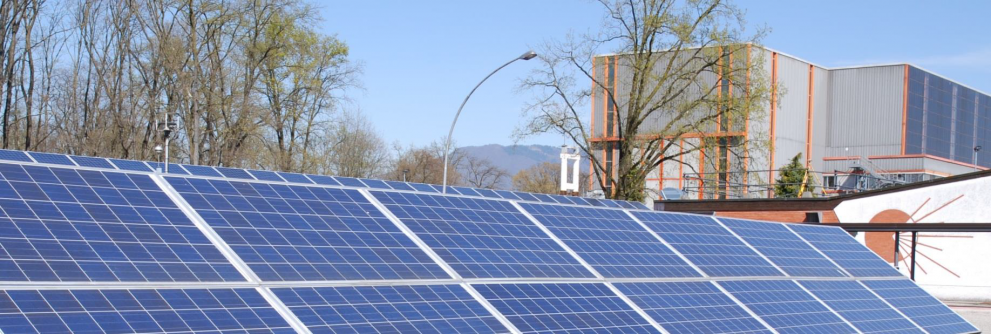
The relative temperature dependence of the short-circuit current of photovoltaic (PV) devices has been measured by three methods and six European partner laboratories with unprecedented agreement as part of a new classification scheme of PV devices, which was built within the EURAMET ENG55 PhotoClass project. This outcome is based on measurement procedures and facilities significantly different from each other, thus building increased confidence in the evaluation of the actual relative temperature coefficient for the short-circuit current of PV devices from reference cells to full-size modules.
The electrical parameters that describe a PV device are the maximum power, the open-circuit voltage and the short-circuit current. All three parameters depend on the ambient conditions to which the PV device is exposed, in particular on the incident solar irradiance and on the device temperature. These are the two conditions that critically determine the performance of a PV device when installed in the field. The recently published work aimed at increasing the confidence in the quantitative assessment of the temperature dependence of the output of PV devices.
To know the response of a PV device (in particular of PV modules) within a realistic range of irradiance and temperature allows to assess more reliably which PV technology is best suited to a certain climate and also to improve the prediction quality in real-time forecasts of energy production. For this reason, the new PV classification built in the PhotoClass project involved developing more accurate and more extensive measurement procedures and facilities capable of improving the characterisation of PV devices at measurement conditions other than the Standard Test Conditions (STC), where a single performance value is measured at one specific irradiance and one device temperature only.
The PV parameter that is most affected by a variation in the device temperature is typically the maximum power. However, for reference devices (which are used in PV module calibration as well as in on-site monitoring of PV plants) the short-circuit current is the crucial parameter because it is used to measure the actual irradiance to which the PV module is exposed. In the case of PV devices made from crystalline silicon (c-Si) the short-circuit current grows approximately by 0.05% for a temperature increase of 1 °C. This value becomes not negligible when compared to the reduced uncertainty that has been achieved in the recent years in the STC calibration of the short-circuit current of the reference devices.
The results of an extensive interlaboratory comparison on short-circuit current temperature coefficient of PV devices, run between six laboratories within the EURAMET ENG55 PhotoClass project, have been published recently and show for the first time complete agreement between all results (within the stated measurement uncertainties). Additionally, the PhotoClass measurement campaign has involved PV devices of very different sizes and purpose. Starting from reference cells, which are typically the reference device with the lowest uncertainty for the calibration of all other PV devices, over unencapsulated c-Si cells up to full-scale commercial c-Si PV modules the relative temperature dependence was measured and compared.
The facilities and measurement methods developed at the JRC for this intercomparison are fully implemented in the JRC ESTI Quality System accredited according to ISO/IEC 17025 and are available for researchers and customers.
Related Content
Publication in Sciencedirect: Results of four European round-robins on short-circuit current temperature coefficient measurements of photovoltaic devices of different size
Details
- Publication date
- 18 March 2019
